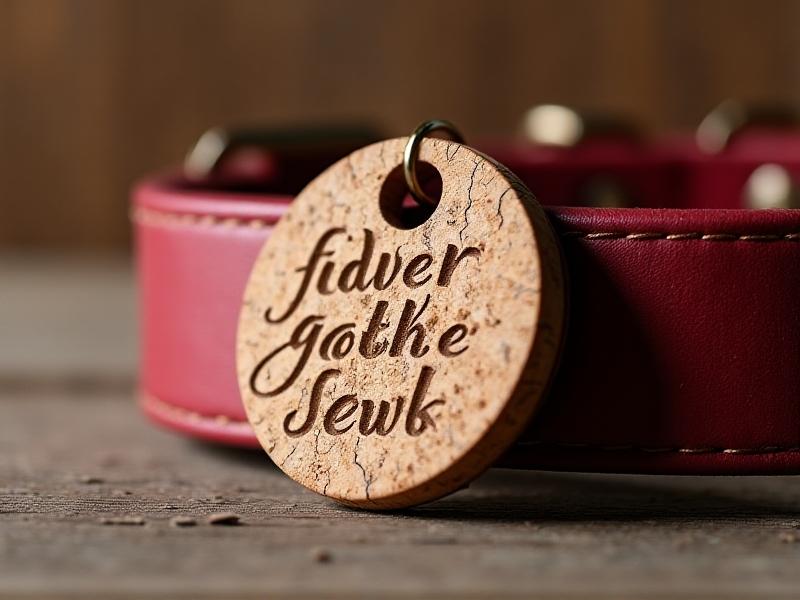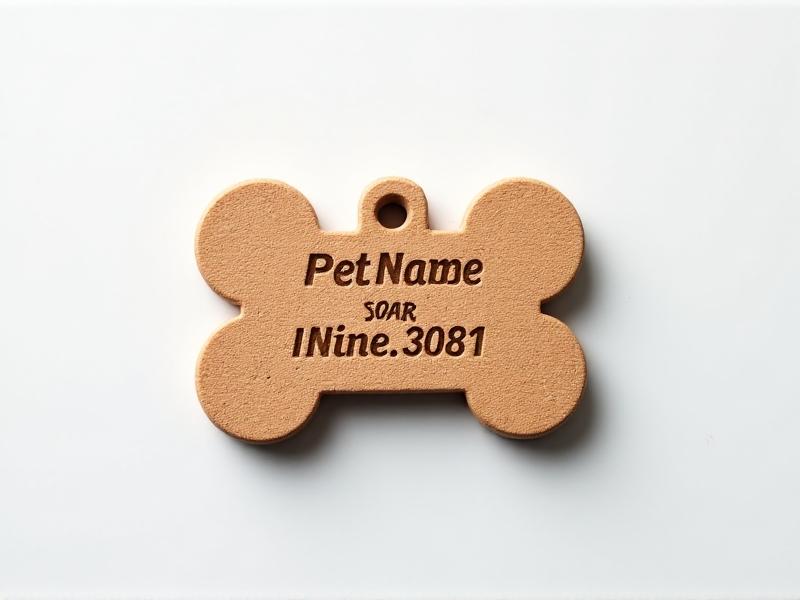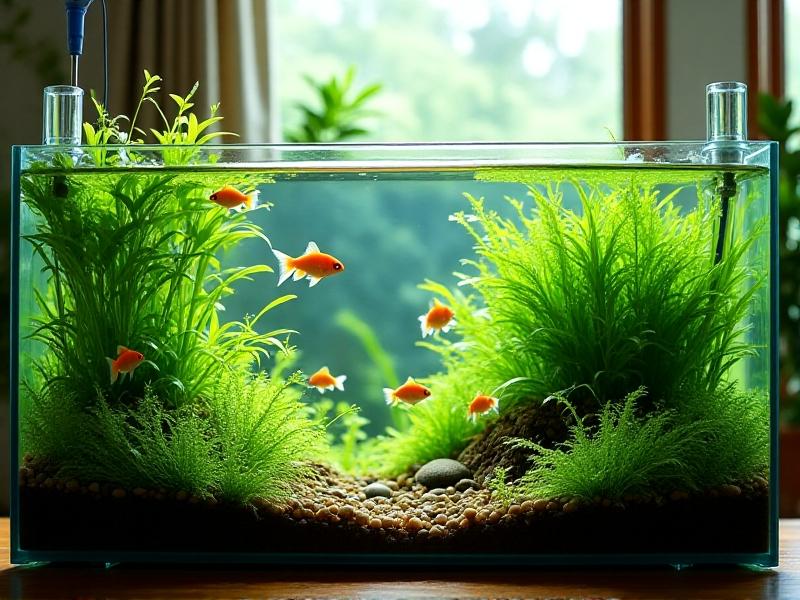Cork-Based Dog Tags: Engraving Durability and Eco-Impact
The Rise of Cork-Based Dog Tags: A Sustainable Alternative
In recent years, the pet industry has seen a surge in eco-friendly products, and cork-based dog tags are at the forefront of this movement. Traditionally, dog tags have been made from metals like aluminum or stainless steel, which, while durable, come with a significant environmental cost. Cork, on the other hand, offers a renewable and biodegradable alternative. Harvested from the bark of cork oak trees, this material is not only sustainable but also lightweight and comfortable for pets to wear. The rise of cork-based dog tags reflects a growing awareness among pet owners about the environmental impact of their choices.

One of the key reasons for the popularity of cork-based dog tags is their minimal ecological footprint. Cork oak trees are not cut down during harvesting; instead, the bark is carefully stripped, allowing the tree to regenerate. This process can be repeated every nine years, making cork a truly renewable resource. Additionally, cork production supports biodiversity, as cork oak forests are home to a variety of plant and animal species. By choosing cork-based dog tags, pet owners can contribute to the preservation of these vital ecosystems.
Another factor driving the adoption of cork-based dog tags is their aesthetic appeal. The natural texture and warm tones of cork give these tags a unique, organic look that stands out from traditional metal tags. This makes them a popular choice for pet owners who value both sustainability and style. As the demand for eco-friendly pet products continues to grow, cork-based dog tags are poised to become a staple in the pet care market.
Engraving Durability: How Cork Stands Up to the Test
When it comes to dog tags, durability is a top concern for pet owners. After all, these tags are often exposed to the elements, including rain, dirt, and rough play. Cork-based dog tags have proven to be surprisingly resilient, thanks to the material's natural properties. Cork is water-resistant, which helps prevent damage from moisture. It is also resistant to cracking and fading, ensuring that engraved details remain legible over time.

Engraving on cork is typically done using laser technology, which offers a high level of precision and permanence. Unlike traditional engraving methods, which can wear down over time, laser engraving creates a deep, lasting impression. This ensures that important information, such as the pet's name and contact details, remains visible even after prolonged use. Additionally, laser engraving allows for intricate designs and customizations, making cork-based dog tags both functional and visually appealing.
While cork is durable, it is not indestructible. Pet owners should be mindful of their pet's activities and replace the tag if it shows signs of significant wear. However, with proper care, a cork-based dog tag can last for several years, making it a reliable and sustainable choice for pet identification.
The Eco-Impact of Cork vs. Traditional Materials
The environmental impact of pet products is an increasingly important consideration for consumers. Traditional dog tags made from metals like aluminum or stainless steel require significant energy and resources to produce. Mining and refining these metals contribute to deforestation, habitat destruction, and greenhouse gas emissions. In contrast, cork production is a low-impact process that supports environmental conservation.

Cork oak forests play a crucial role in combating climate change. These forests act as carbon sinks, absorbing large amounts of CO2 from the atmosphere. Additionally, cork harvesting promotes the health of the trees, as the process stimulates their growth and increases their carbon sequestration capacity. By choosing cork-based dog tags, pet owners can help reduce their carbon footprint and support sustainable land management practices.
Another environmental benefit of cork is its biodegradability. Unlike metal tags, which can take hundreds of years to decompose, cork-based dog tags break down naturally at the end of their lifecycle. This reduces the amount of waste that ends up in landfills and minimizes the environmental impact of pet products. As more consumers prioritize sustainability, the eco-friendly advantages of cork are likely to drive its adoption in the pet industry.
Customization and Design: Making Cork Dog Tags Unique
One of the standout features of cork-based dog tags is their versatility in design. The natural texture and color of cork provide a unique canvas for customization, allowing pet owners to create tags that reflect their pet's personality. Laser engraving technology enables precise and detailed designs, from simple text to intricate patterns and logos.
Many companies offering cork-based dog tags provide a range of customization options, including different shapes, sizes, and engraving styles. Some even allow customers to upload their own designs or logos, making the tags truly one-of-a-kind. This level of personalization is particularly appealing to pet owners who want their pet's tag to stand out and reflect their individual style.
In addition to aesthetics, customization also enhances the functionality of cork-based dog tags. Pet owners can include essential information, such as their pet's name, address, and phone number, as well as medical details or emergency contacts. This ensures that the tag serves its primary purpose of identifying the pet and providing crucial information in case of an emergency. With their combination of style and practicality, cork-based dog tags are a popular choice for pet owners seeking a unique and sustainable option.
Comfort and Safety: Why Pets Love Cork Tags
For pets, comfort is a key consideration when it comes to wearing a dog tag. Traditional metal tags can be heavy and noisy, causing discomfort or irritation for some animals. Cork-based dog tags, on the other hand, are lightweight and quiet, making them a more comfortable option for pets of all sizes.
The soft, smooth texture of cork also reduces the risk of irritation or injury. Unlike metal tags, which can have sharp edges or rough surfaces, cork is gentle on the skin and fur. This makes it an ideal choice for pets with sensitive skin or those who are prone to allergies. Additionally, the natural hypoallergenic properties of cork ensure that it is safe for all pets, including those with specific health concerns.
Safety is another important factor to consider when choosing a dog tag. Cork-based tags are designed to be durable and secure, ensuring that they stay in place even during active play. The lightweight nature of cork also reduces the risk of the tag getting caught on objects or causing injury. For pet owners, this peace of mind is invaluable, knowing that their pet is both comfortable and safe while wearing their tag.
The Future of Cork-Based Dog Tags: Trends and Innovations
As the demand for sustainable pet products continues to grow, the future of cork-based dog tags looks promising. Innovations in material science and manufacturing are likely to enhance the durability, functionality, and aesthetic appeal of these tags. For example, researchers are exploring ways to combine cork with other eco-friendly materials to create even more robust and versatile products.
Another trend to watch is the integration of technology into cork-based dog tags. Some companies are experimenting with embedded QR codes or NFC chips, which can store additional information about the pet and provide a quick way to access it. This could revolutionize the way pet owners manage their pet's identification and medical records, making the process more efficient and secure.
As consumer awareness of environmental issues continues to rise, the pet industry is likely to see a shift towards more sustainable and ethical products. Cork-based dog tags are well-positioned to lead this change, offering a combination of eco-friendliness, durability, and style. With ongoing innovations and a growing commitment to sustainability, cork-based dog tags are set to become a mainstay in the pet care market for years to come.








